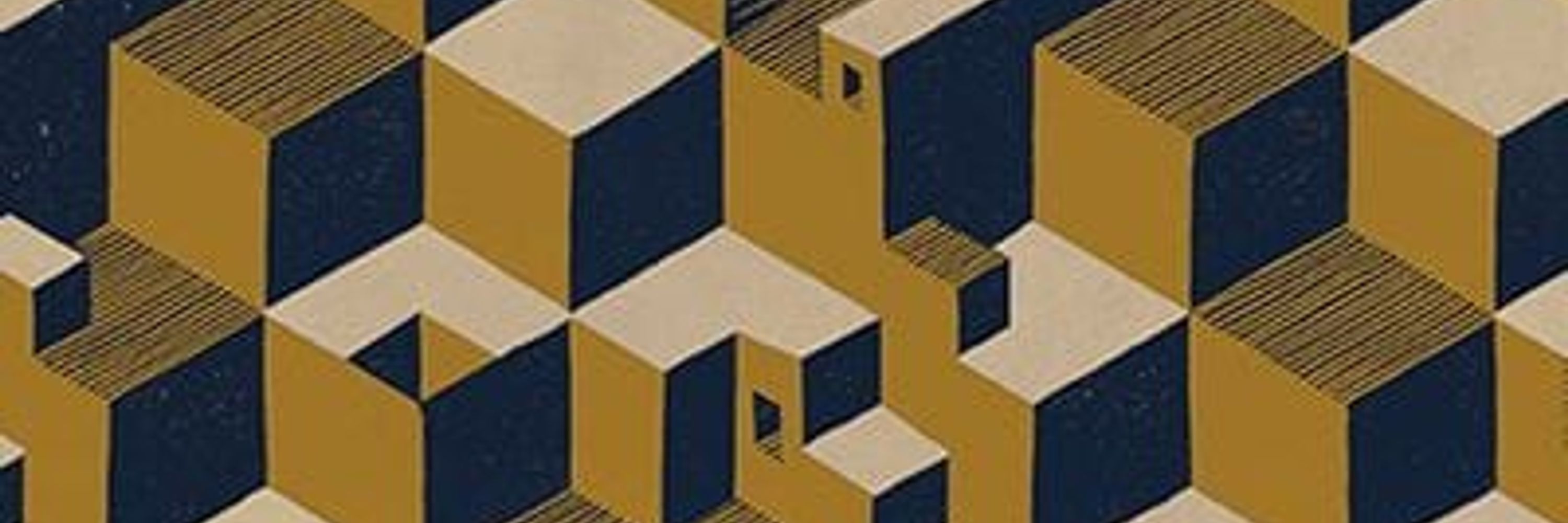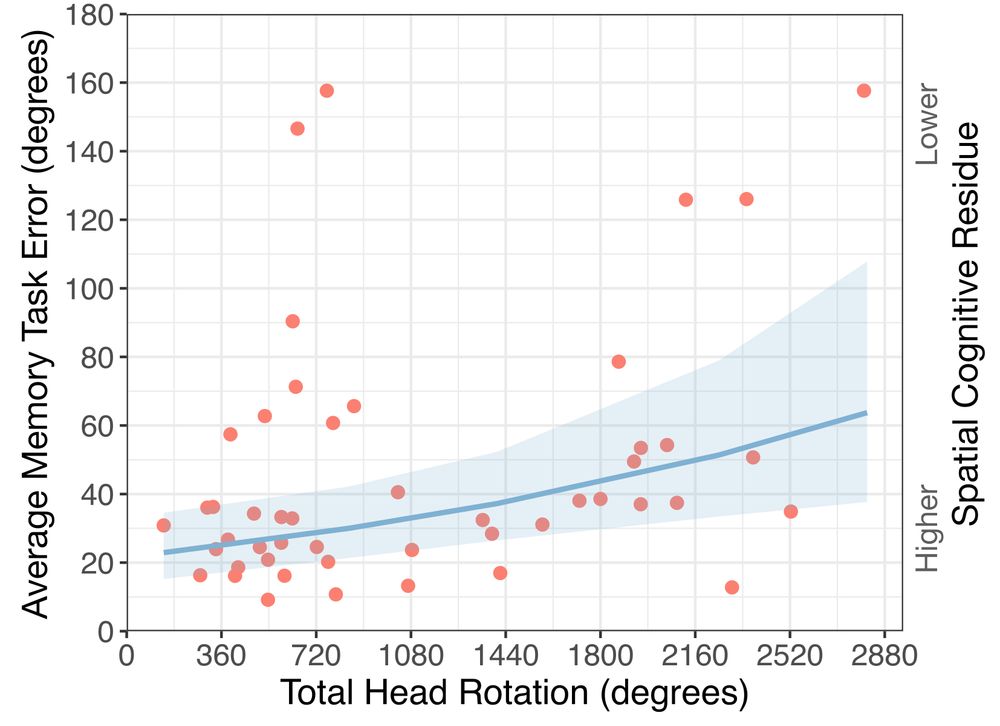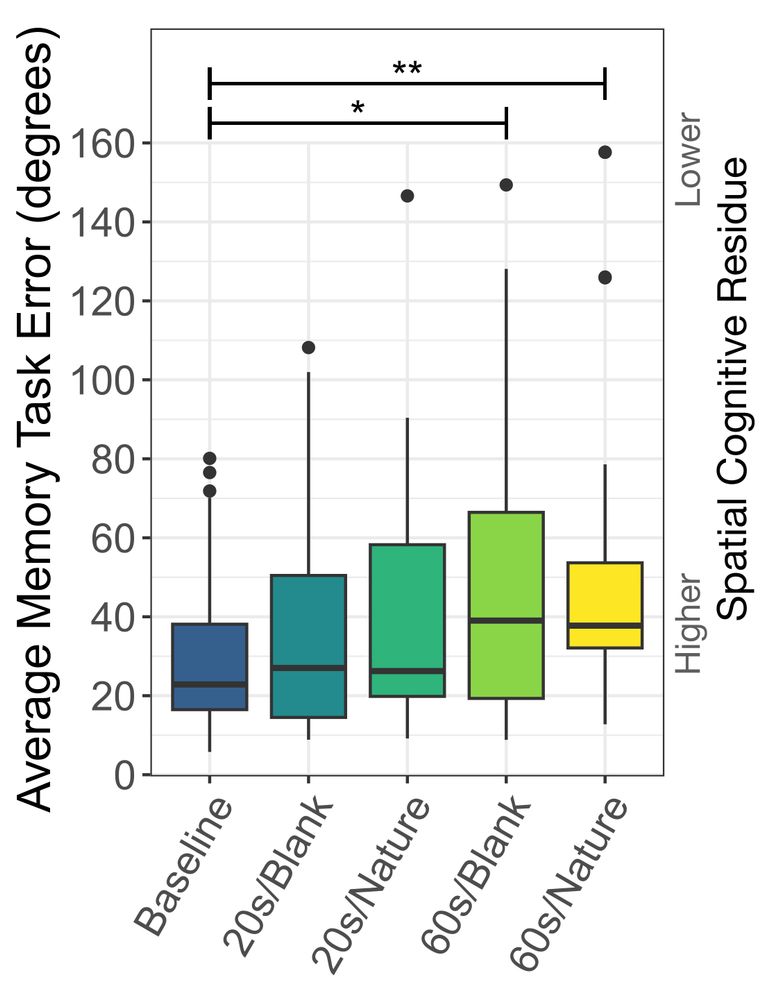
HCI and AR/VR research :: cross-reality interactions and transitions
https://mattgottsacker.space/
pre-print / no paywall: sreal.ucf.edu/wp-content/u...
Or watch me present it at this past IEEE ISMAR: youtu.be/035v6yzO_O0?...
/eof

pre-print / no paywall: sreal.ucf.edu/wp-content/u...
Or watch me present it at this past IEEE ISMAR: youtu.be/035v6yzO_O0?...
/eof
11/
11/
10/
10/
When reducing cognitive residue is a priority, longer transitions (60s) may be beneficial. A nature scene is a good option for engaging intermediate content that helps shift user focus.
9/
When reducing cognitive residue is a priority, longer transitions (60s) may be beneficial. A nature scene is a good option for engaging intermediate content that helps shift user focus.
9/
8/


8/
7/

7/
(here, we are shooting for less residue == more error)
6/

(here, we are shooting for less residue == more error)
6/
- Instantaneous cut (baseline)
- Fade-to-black (20s & 60s)
- Nature scene (20s & 60s)
5/

- Instantaneous cut (baseline)
- Fade-to-black (20s & 60s)
- Nature scene (20s & 60s)
5/
4/


4/
3/
3/
2/
2/
- The Entangled Brain: How Perception, Cognition, and Emotion Are Woven Together
- The Entangled Brain: How Perception, Cognition, and Emotion Are Woven Together

